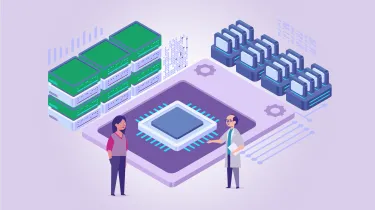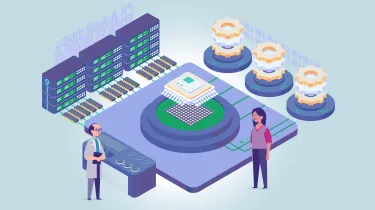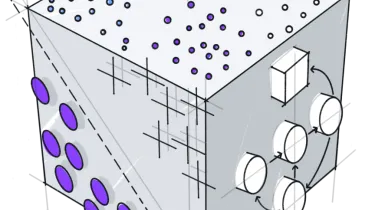Einführung in das maschinelle Lernen Teil 2: Algorithmen
Der zweite Teil des Kurses Einführung in das maschinelle Lernen

📊︎
Fortgeschrittene
⏱
40 Stunden
🏅︎
Leistungsnachweis
🎁︎
Kostenlos
★
4 (3)
©
CC BY-SA 4.0
🌐︎
Englisch
Dieser Kurs gehört zu der Kursreihe
Einführung in das Maschinelle Lernen
Übersicht
Maschinelles Lernen (ML) steht im Zentrum vieler Anwendungen der künstlichen Intelligenz. Ein zentrales Ziel dieser Kursreihe ist es, die grundlegenden Bausteine des überwachten maschinellen Lernens zu vermitteln. Im zweiten Teil stellen wir Ihnen verschiedene Machine-Learning-Algorithmen vor, wie k-nächste Nachbarn, Klassifikations- und Regressionsbäume, Random Forests und neuronale Netze.
Welche Themen werden behandelt?
- Theoretisches Verständnis verschiedener ML-Algorithmen wie k-nächste Nachbarn, Klassifikations- und Regressionsbäume, Random Forests und neuronale Netze
- Vor- und Nachteile der verschiedenen Lernverfahren
- Anwendung der erlernten Algorithmen in R und Python
Was werde ich erreichen?
- Erkläre das Konzept von k-NN
- Erkläre das Konzept von Klassifikations- und Regressionsbäumen und wie Random Forests diese Methode verbessern
- Erkläre, wie ein neuronales Netzwerk funktioniert
- Wende die erlernten ML-Algorithmen auf reale Daten mit R und Python an
Welche Voraussetzungen muss ich erfüllen?
Dieser Kurs steht allen Interessierten offen. Wir empfehlen jedoch, dass die Lernenden folgende Voraussetzungen mitbringen:
- Eine solide Grundlage in Mathematik, wie zum Beispiel 8 Jahre Mathematikunterricht an weiterführenden Schulen
- Vorkenntnisse in Linearer Algebra und Analysis erforderlich (mindestens auf Gymnasialniveau)
- Vorkenntnisse in Statistik und Wahrscheinlichkeitsrechnung empfohlen (mindestens auf Gymnasialniveau)
- Grundlegende Programmierkenntnisse in R oder Python (z. B. durch einen kleinen Selbstlernkurs)
- Sie haben den Kurs Einführung in Maschinelles Lernen Teil 1 abgeschlossen











